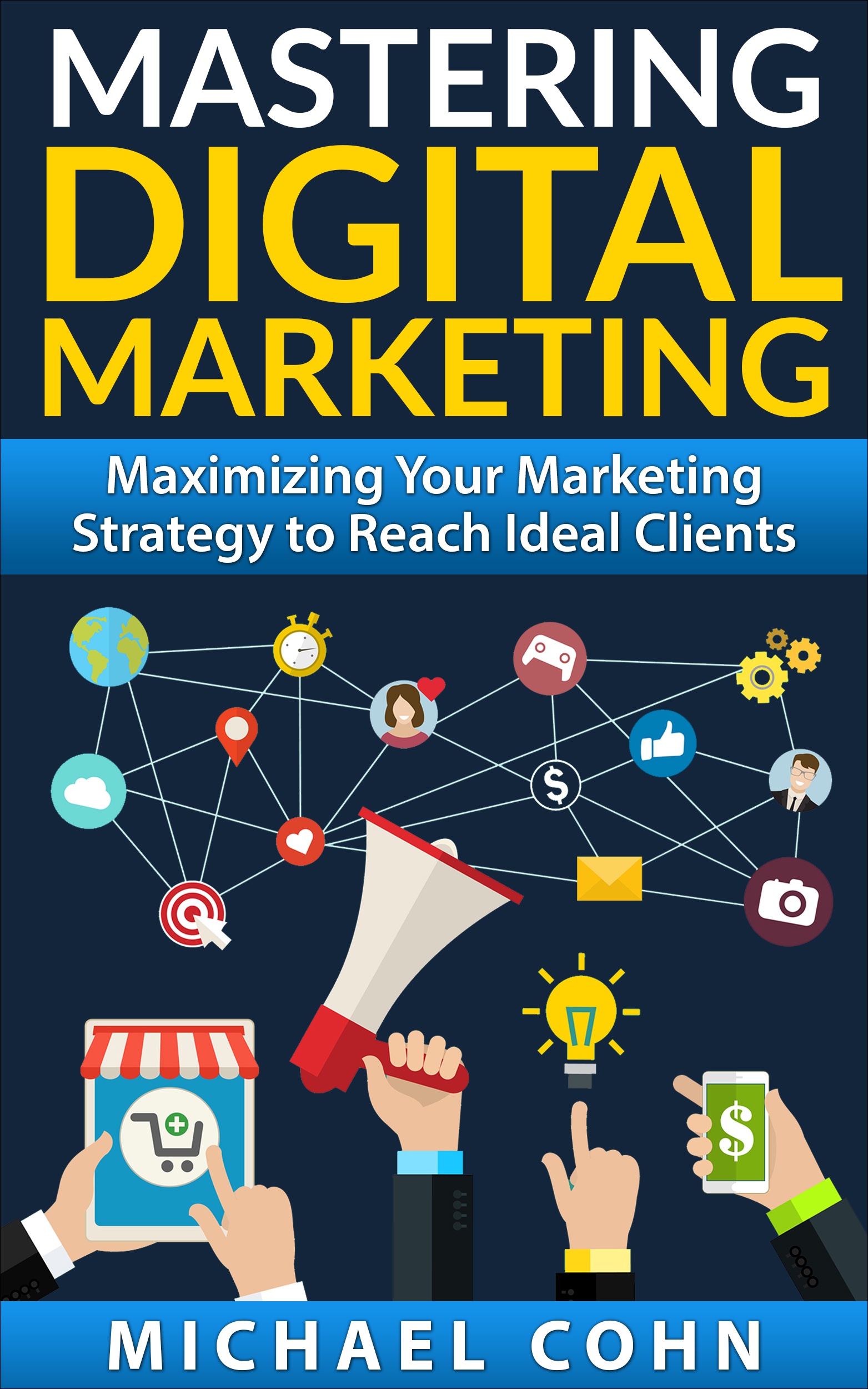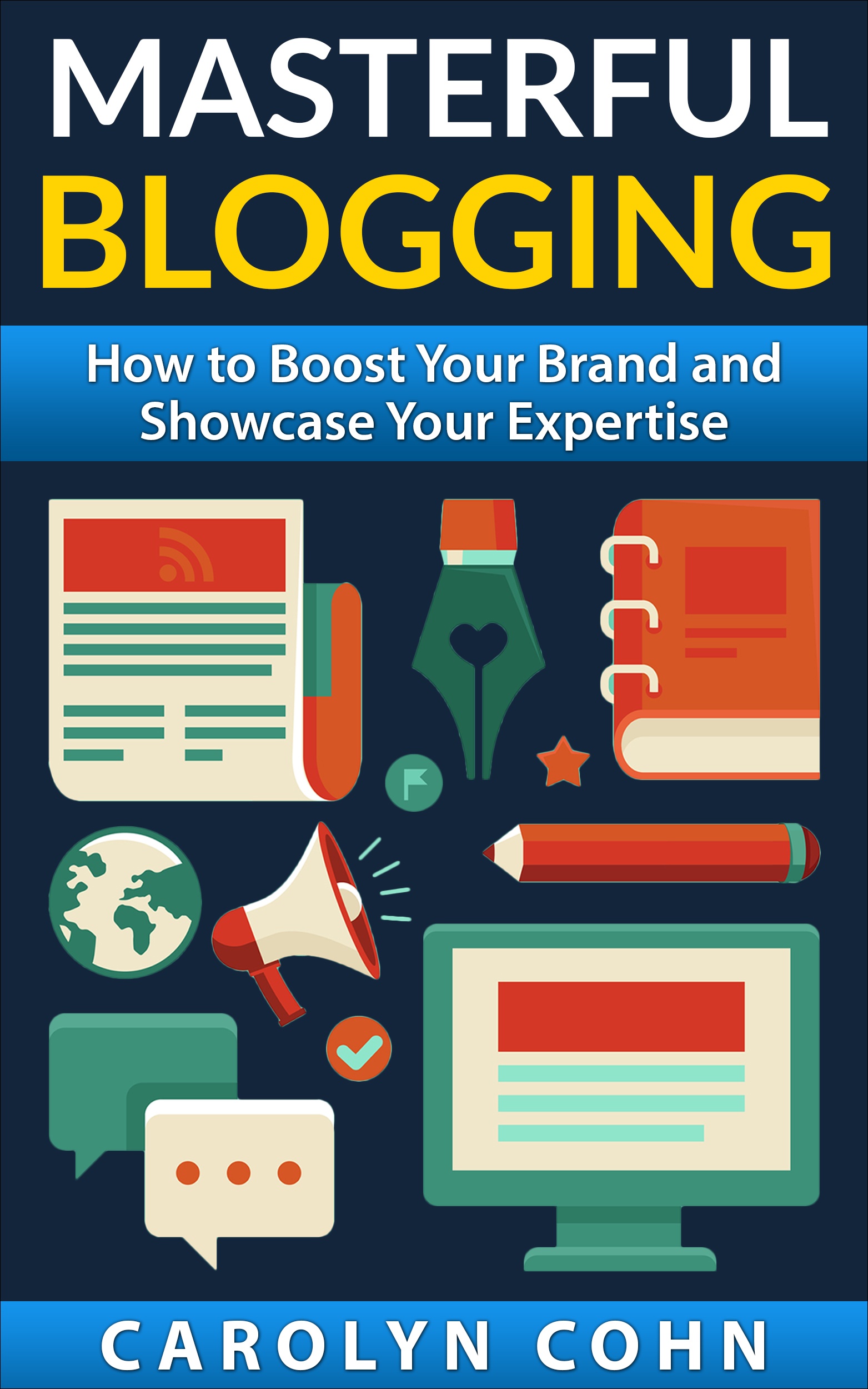Keeping Your Audience in the Palm of Your Hand During Presentations

Most business people face the inevitability of having to deliver a presentation at some point. Of course, there are several ways in which you can accomplish that; however, at some point, you will probably use PowerPoint, which can be a really good thing. You need to find a way to really engage your audience and to keep them in the palm of your hand.
The most effective tools to use in your presentation–leveraging PowerPoint
When it comes to delivering a presentation, your goal is to engage your audience members and to get them to participate in a discussion with you and with other audience members. Your presentation is only the launching-off point. After that, your hope is that the people with whom you interacted at your presentation will want to continue to interact with you in some form indefinitely after that.
If the people who originally attended your presentation want to continue interacting with all of you (or just you), that will give you your opportunity to work on relationship with the other people and your ultimate goal, once you relationship has developed and become very solid (after building trust, credibility, positioning yourself as a subject matter expert, and building trustworthiness) is to be in a position of selling your offerings.
When it comes to your relying on PowerPoint to help you deliver your presentation effectively, there are ways to use it that will yield very positive results.
-
Get your audience members to engage with each other and with you: As you are presenting your material, it is very important for you to encourage the members of your audience to interact.
[tweetthis]The dialogue that you promote should be compelling, exciting, and educational.[/tweetthis]If you manage to make that happen, using PowerPoint becomes much less of a crutch. Instead, it becomes a nice tool to help you along. However, the real catalyst in that situation is the actual discussion itself. You should use your slides as discussion points. They will help you to keep your thoughts organized and it will drive your discussion in an organized fashion.
-
Asking thought-provoking questions is an effective approach: Your questions (as long as they are interesting) will be a starter for your discussion.
[tweetthis]People love to give their opinions. [/tweetthis]Everyone likes to feel as though their opinion matters to other people and that is exactly how you make them feel if you ask a question and make it clear that you value whatever they share with you in response. In fact, on the opposite side of the coin, there is nothing worse than asking a question, hoping to engage people and get them to respond to what you are saying, and they say nothing at all. It makes you feel as though they have absolutely no interest in what you are doing and in what you are sharing with them. It makes you feel as though they don’t value you and your business.
-
Use PowerPoint in your Web-based presentation: It is certainly not uncommon for you to give a presentation in a WebEx or some other Web-based meeting. In that case, you can make your meeting interactive, just like you would have an interactive meeting if you were in the same room (physically) with your audience. However, the one limitation that you will have in that particular environment is that because you can’t see your audience in person, it may be more difficult to figure out how they are feeling (and thus, reacting) to whatever you are saying. That is about the body language. It is totally acceptable in that situation to recognize and work around the limitation of your audience not actually being in front of you in person. It is probably best not to wait until the end of your presentation to ask your audience if they have any questions or comments.
-
Make use of PowerPoint’s interactive capabilities: Just because when you use PowerPoint, you present slides to your audience does not mean that it has absolutely no interactive capabilities. In fact, what you can do is embed links that lead to other information from your LinkedIn presentation. That is extremely easy to do and you can get a great deal of mileage from using back links to other valuable content. If you can manage to establish an interactive relationship and build that aspect into your presentations, you will be able to solidify your relationships and you will see positive results before too long.
Conclusion
Delivering presentations is an important and necessary part of your business (at least, in most cases). It is important that you recognize the significance of your presentations being compelling and engaging. Your short-term goal is to engage people. Make sure that your sincerity and your genuineness comes through every time and that you give your audience a clear idea of what they will gain by attending your presentation. It is a wonderful incentive for them. Your long-term goal is to eventually sell your offerings to those people with whom you have been able to establish a connection.
We are pleased to provide you with the insightful comments contained herein. For a complimentary assessment of your online presence, let’s have coffee.

|



Via LinkedIn Groups
Group: The Project Manager Network – #1 Group for Project Managers
Discussion: How Do You Engage Your Audience During Presentations?
Randy Abbey: I like this article, especially using thought provoking questions to keep my audience engaged. I agree that people enjoy giving their opinions, and I often supplement that discussion with an interactive graphic, such as sketching out the thought on a white board. This tends to engage even more of the audience and breaks the tedium of slide after slide.
Via LinkedIn Groups
Group: Content Marketing Institute
Discussion: How Do You Engage Your Audience During Presentations?
Daniel O Brien: If you don’t engage them the they will switch off, its just a natural thing to do. Think of meetings and how you aim to have them short and sweet.